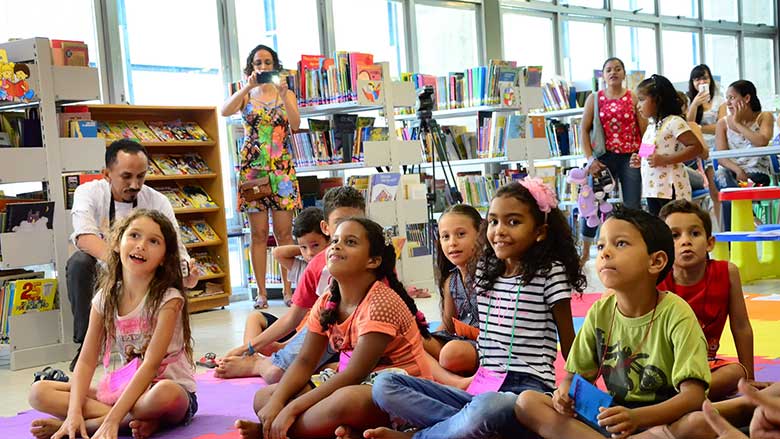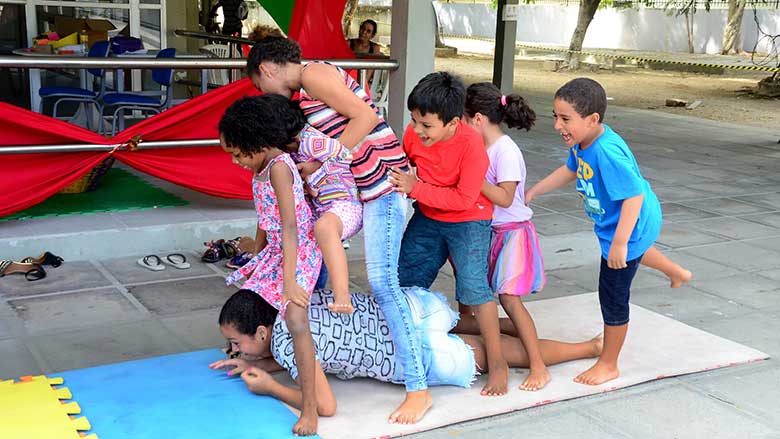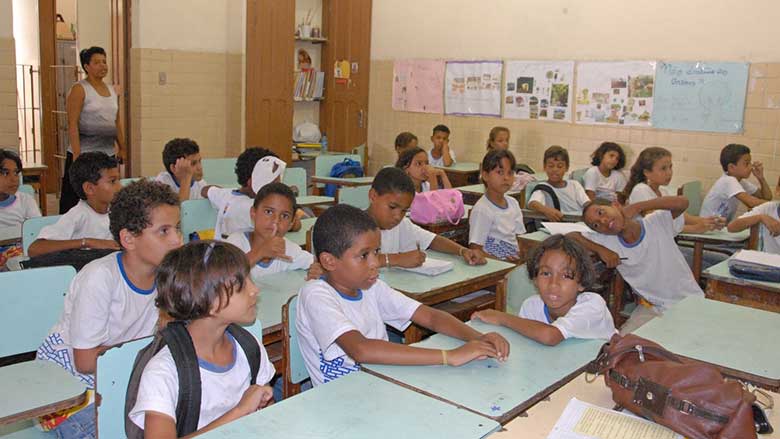Challenge
Pernambuco, a poor, largely arid northeastern state, was characterized by low education attainment. The resulting poorly qualified labor pool was considered a bottleneck to growth and reduced the impact of state-planned investments. Pernambuco had one of Brazil’s lowest student performance records. In 2005, nearly 90 percent of grade 4 students scored at an unsatisfactory level in both mathematics and Portuguese. Moreover, illiteracy for various age cohorts was high, ranging from 5.3 percent for 15 to 19 year olds to 25.9 percent for those 25 and over. The education system was inefficient, with repetition rates of 11 percent in grade 4 and 14.7 percent in grade 8, leading to large numbers of overage students. Dropout rates were significantly high at all levels of education. Basic services in Pernambuco lacked efficiency, coverage, and quality. A heavy administrative structure, combined with limited managerial capacity, negatively affected the government’s ability to provide public services effectively and efficiently.
Approach
The design of the Brazil Pernambuco Education Results and Accountability Project was highly innovative and relevant to addressing low performance in public education, weak public administration, and inefficient use of public resources. The project used a T-shaped approach composed of a horizontal/crosscutting public-sector management component and a vertical/sectoral component closely linked to service delivery outcomes. The state’s priorities focused on improving schools’ and students’ performance and on the efficiency of the education system. Central strategies for improving public education included the introduction of basic school standards (better quality infrastructure, equipment, and furniture and access to water, electricity, and connectivity); support for literacy and overage correction programs; adoption of school development plans; and application of state student assessments. Interventions in the public sector, such as an integrated computerized solution for public administration, supported the government’s efforts to implement results-based management initiatives to reform some of the state’s most critical management challenges in finance, planning, and general administration.



